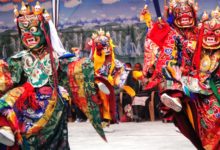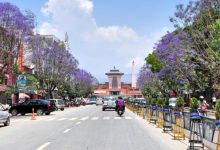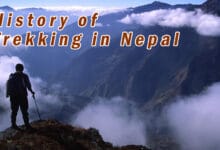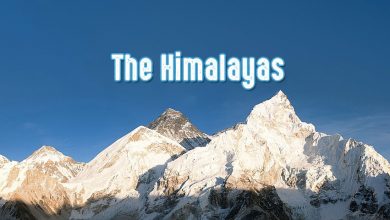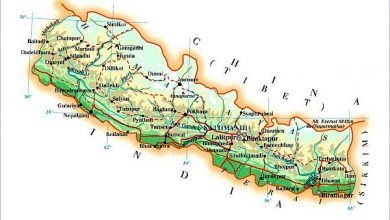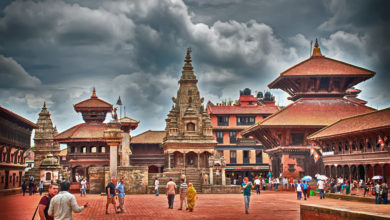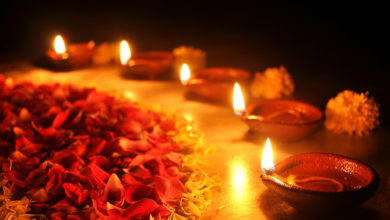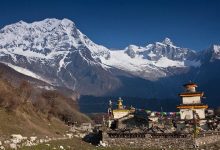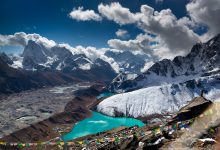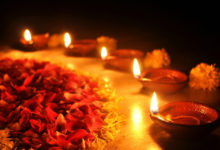Cultural Heritage Sites of Nepal
Of ten heritage sites in Nepal, eight are cultural heritage while 2 are natural heritage and seven of them World Cultural Heritage Sites in Nepal are all within the Kathmandu valley which is just 220 square miles in area.
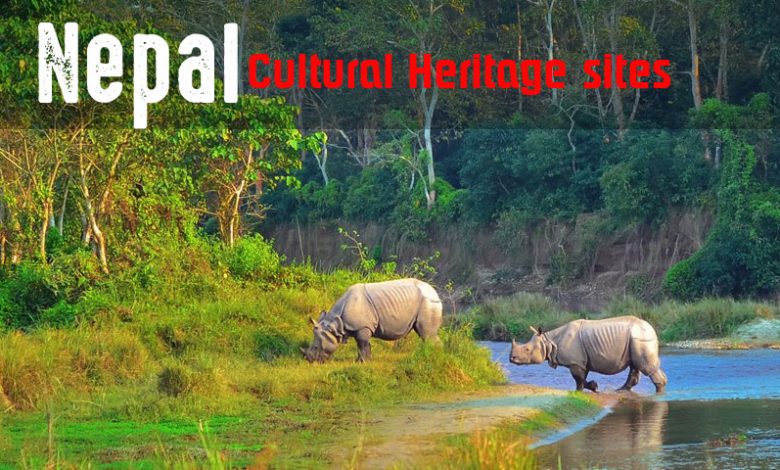
Cultural heritage and natural history of a nation has a very high value and is unique. Culture and its heritage reflect and shape values, beliefs, and aspirations, thereby defining a people’s national identity. It is important to preserve our cultural heritage because it keeps our integrity as a people.
Nepal is a multilingual and multicultural country that preserves hundreds of cultural heritages of historical importance. This country is known throughout the world as the home of Mount Everest and Lord Buddha. The various ethnicity and castes of people who have inhabited the land for millennia.
The country is ruled by diverse dynasties like the Kirant, Lichchhavis, Mallas, and Shah – all with their own distinct cultures and architectures. And these rulers have left various natural as well as religious, cultural, and architectural heritage.
The rich art and culture of the country and have, therefore, been placed under the World Heritage list by UNESCO. As a visit to Nepal is incomplete without witnessing at least some of these magnificent sites. Here is a short introduction to those that simply have to top your list of travel destinations.
Pashupatinath, Swayambhunath, Boudhanath, Changunarayan, Kathmandu Durbar square, Bhaktapur Durbar square and Patan Durbar Square are listed in the world cultural heritage list.
1. Pashupatinath Temple in Kathmandu, Nepal
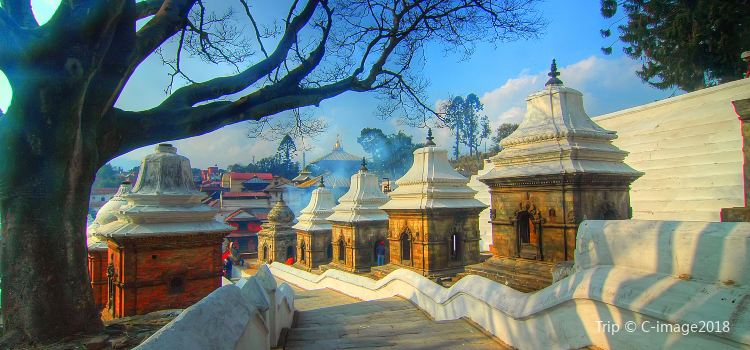
Dedicated to Lord Shiva, Pashupatinath is one of the four most important religious sites in Asia for devotees of Shiva. Built-in the 5th century and later renovated by Malla kings, the site itself is said to have existed from the beginning of the millennium when a Shiva lingam was discovered here.
Visit Pashupatinath for an unmatched mix of religious, cultural and spiritual experiences. Located 3 km northwest of Kathmandu on the banks of the Bagmati River. There are around 492 temples, 15 Shivalayas (shrines of Lord Shiva) and 12 Jyotirlinga (phallic shrines) to explore.
Pashupatinath Temple is one of the seven UNESCO Cultural Heritage Sites of the Kathmandu Valley. It is also a cremation site where the last rites of Hindus are performed. The rituals of cremation are not for the faint-hearted; still visitors are seen watching curiously from across the river from the hillside. Visit Pashupatinath Temple for an out-of-this-world experience.
Apart from the daily rituals, special observed are plotted during special dates of the lunar calendar.
2. Lumbini – The birthplace of Buddha
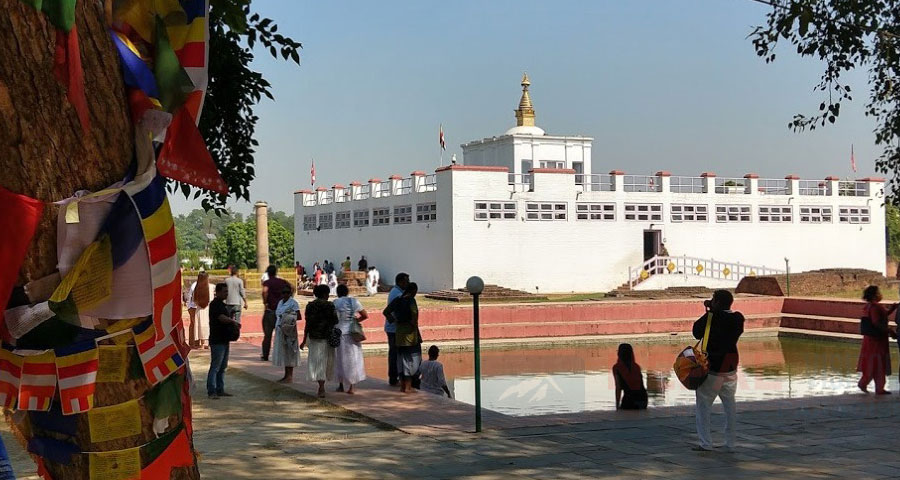
Lumbinī is a Buddhist pilgrimage site in the Rupandehi District of Province No. 5 in Nepal. It is the place where, according to Buddhist tradition, Queen Mahamayadevi gave birth to Siddhartha Gautama in 563 BCE. Gautama, who achieved Enlightenment sometime around 528 BCE, became the Buddha and founded Buddhism.
Nepal is famous, as the world’s only Hindu Kingdom. However, it is an intricate and beautiful tapestry formed by the interweaving of Hinduism, Buddhism and other beliefs. Lumbini lets you eyewitnesses the religious tolerance and harmony found in Nepal, which is perhaps a unique example to the world.
The history of Maya Devi Temple goes back to 2013. This was when an international team of archaeologists found a few ruins dating back to the sixth century BC. It was the remains of an ancient tree shrine that belongs to 550 BC. The researchers found out that the site is the earliest evidence of Buddhism as well as of Gautam Buddha.
The research was conducted by two archaeologists: one from the UK and one from Nepal. The two suggested that the shrine was the earliest evidence of Buddhism, which was heavily captured by the international press. This, however, was contradicted by other archaeologists who suggested that the tree was evidence of pre-Buddhist practices.
3. Kathmandu Durbar Square – Kathmandu

Kathmandu Durbar Square in front of the old royal palace of the former Kathmandu Kingdom is one of three Durbar Squares in the Kathmandu Valley in Nepal, all of which are UNESCO World Heritage Sites. Several buildings in the Square collapsed due to a major earthquake on 25 April 2015.
Though there are no written archives stating the history of Kathmandu Durbar Square, construction of the palace in the square is credited to Sankharadev (1069–1083). As the first king of the independent Kathmandu City, Ratna Malla is said to have built the Taleju temple in the Northern side of the palace in 1501.
The Palace was the royal residence until the 19th century and still holds some of the important ceremonies. The monuments showing off the cultural and architectural skills of the Newari craftsmen over the past centuries.
4. Bhaktapur Durbar Square – Bhaktapur
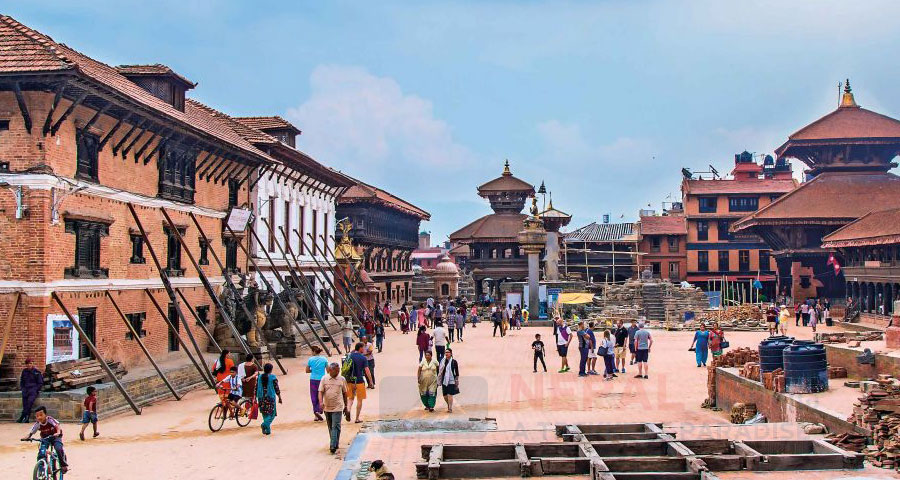
Bhaktapur Durbar Square is the royal palace of the old Bhaktapur Kingdom, 1,400 meters (4,600 ft) above sea level.The plaza in front of the Bhaktapur palace is another site listed as one of the World Heritage sites. It is the most spacious of all the Durbar squares due to the loss of various monuments during the earthquake of 1934.
The former stronghold of the Malla Dynasty has remained virtually unchanged since the 17th-century. Many of the smaller streets around the city converge onto this square where the royal palace of the Bhaktapur Kingdom was located. The monuments and temples around the site represent the history and traditions of medieval Nepal. Everything around Bhaktapur still looks as it did during its medieval heyday. In fact, Bhaktapur is among the most intact ancient cities in Nepal. It was also given the distinction of being listed as a UNESCO Cultural Heritage Site.
5. Patan Durbar Square – Patan
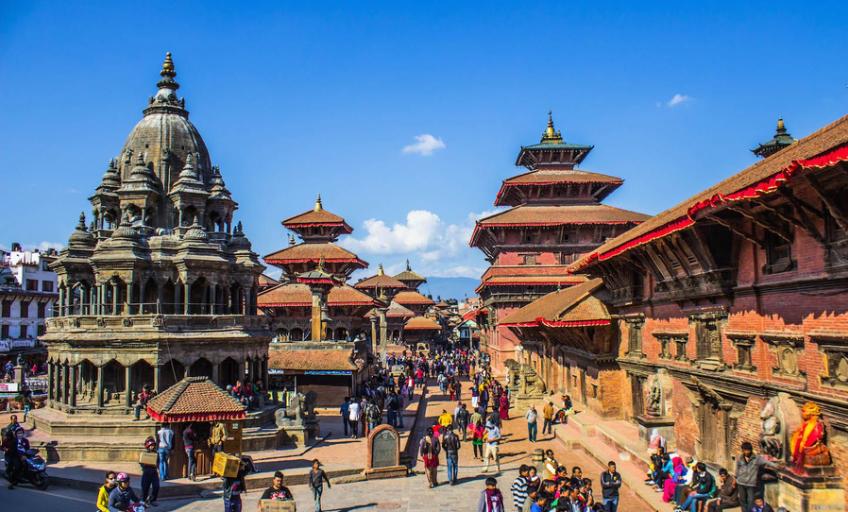
Patan Durbar square situated in Patan comprises the palace of the Malla kings of Patan. The complex consists of a number of temples along with large bells, idols, and statues facing towards the main palace. The courtyard floor, tiled with red bricks, and the old Newari houses in the surrounding areas, give the complex a very ancient cultural vibe.
The main attraction of the square is Krishna Mandir, a three storey temple with beautiful wooden carvings and twenty-one golden pinnacles, as well as a Bhimsen temple with its three interconnected golden windows, and the Taleju Bhawani temple with its five storey’s and triple roofs.
The Patan city is known for its rich traditional arts and handicrafts offering the visitors to see an abundance of exquisite works of art and architecture. Patan Museum showcases the rich culture and the history of the city with some of the statues dating back to the 11th century. The city is a wonderful destination to feel the rich art and architecture of the bygone era.
6. Changu Narayan Temple – Bhaktapur
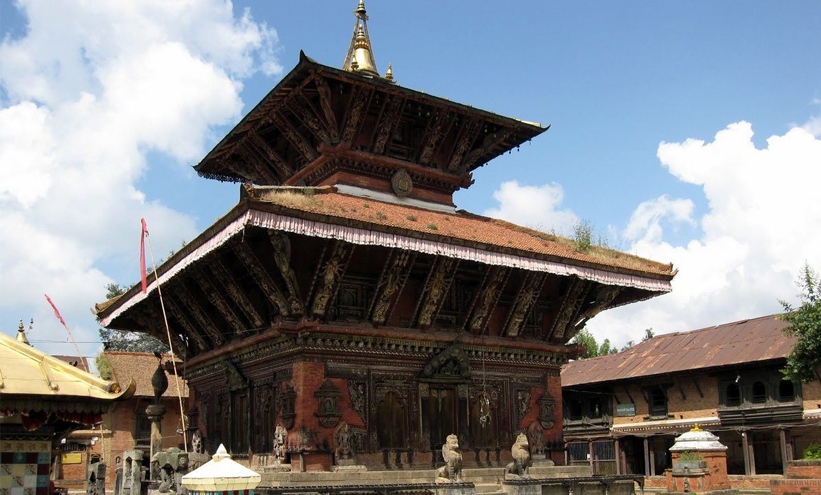
Dating back to the fourth century, Changu Narayan is widely considered to be the oldest Hindu temple in the Kathmandu Valley, and one of the oldest in Nepal. Built on top of a high hill about seven miles directly east of Kathmandu, the temple is dedicated to Vishnu, although shrines to Lord Shiva, Ashta Matrika, Chhinnamasta, Kileshwor, and Krishna are also found within the wider temple complex.
Changu Narayan Temple is located about seven miles east of Kathmandu. From Kathmandu you can take the private car to the temple. There’s also a museum located on the way up to the temple. Inside the temple complex you are free to explore most of the grounds, but only priests can enter the main temple.
The oldest temple of the Kathmandu valley, Changunarayan is a fine example of the stone, wood, and metal craftwork to be found in the valley.
7. Swoyambhunath Stupa – Kathmandu
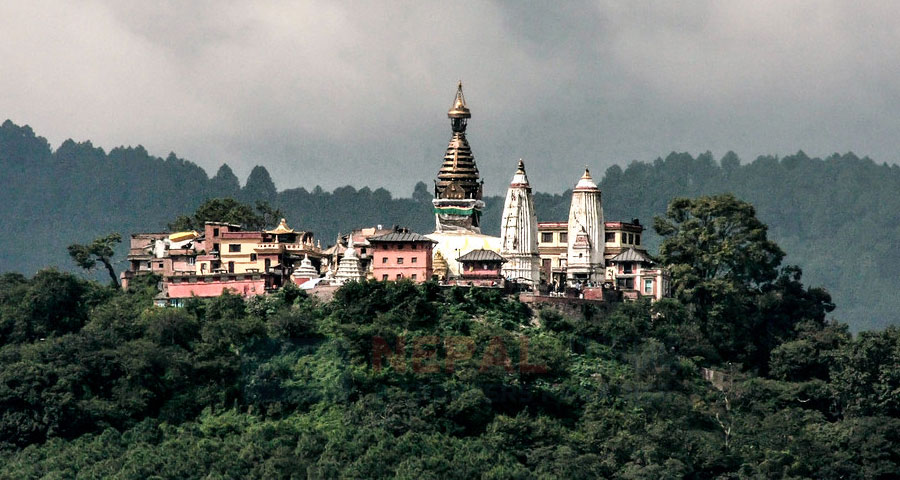
Swayambhu is an ancient religious architecture atop a hill in the Kathmandu Valley, west of Kathmandu city. For the Buddhist Newars, in whose mythological history and origin myth as well as day-to-day religious practice Swayambhunath occupies a central position, it is probably the most sacred among Buddhist pilgrimage sites. For Tibetans and followers of Tibetan Buddhism, it is second only to Boudha.
It is said that King Manadeva built this temple. By 13th century, this temple became an important Buddhist pilgrimage site. Later, in 2010, the structure was completely renovated, around 1500 years after its construction. The dome of the stupa was re-gilded using gold (20 kg).
Swayambhunath Temple is located at just about a distance of 4.8 km from the centre of Kathmandu if you take the Swayambhu Marg. Also, you can reach the Swayambhunath Temple by hiring a cab. Public transportation is also available if you are sure of the routes.
8. Boudhanath Stupa – Kathmandu
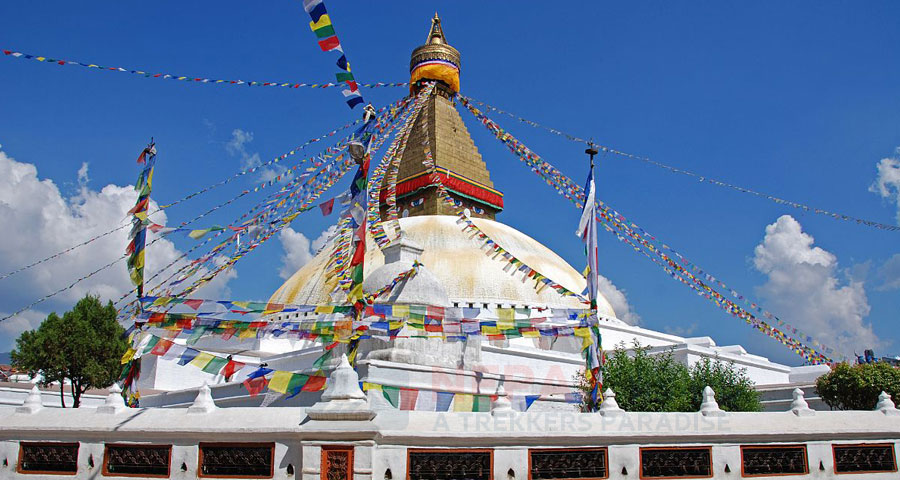
The first stupa at Boudhanath was built sometime after AD 600, when the Tibetan king, Songtsen Gampo, converted to Buddhism. In terms of grace and purity of line, no other stupa in Nepal comes close to Boudhanath.Situated 8 km to the east of downtown Kathmandu, Boudha, is one of the UNESCO World Heritage sites and one of the most imposing landmarks in Kathmandu.
Visible as soon as you land at the Tribhuvan International Airport, it is the largest stupa in the Kathmandu Valley. The 36-meter-high stupa of Boudha is massive and dominates the skyline in the area. With countless monasteries around it, Boudha is the center of Tibetan Buddhism in Nepal.
On each side are the all-seeing-eyes of the Buddha symbolizing awareness. The canopy has 13 stages. At ground level there is a brick wall that has 147 niches and 108 images of the meditational Buddha inset behind copper prayer wheels.


